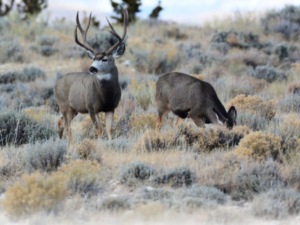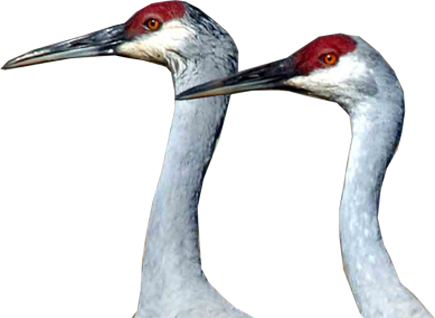 A new strategy helps land managers reduce impacts from two of the most daunting challenges facing sage grouse: the threat of large-scale wildfires and invasion of exotic annual grasses like cheatgrass (Bromus tectorum L.) that can transform large expanses of sagebrush habitat into nonnative grasslands. This strategy serves as a powerful decision tool to address wildfire and cheatgrass threats at local sites or large landscape scales. Using existing data to map soil temperature and moisture regimes along with the amount of sagebrush cover across landscapes, managers can predict a sagebrush ecosystem’s resilience to disturbance and resistance to invasive species, as well as where sage grouse are most likely to persist.
A new strategy helps land managers reduce impacts from two of the most daunting challenges facing sage grouse: the threat of large-scale wildfires and invasion of exotic annual grasses like cheatgrass (Bromus tectorum L.) that can transform large expanses of sagebrush habitat into nonnative grasslands. This strategy serves as a powerful decision tool to address wildfire and cheatgrass threats at local sites or large landscape scales. Using existing data to map soil temperature and moisture regimes along with the amount of sagebrush cover across landscapes, managers can predict a sagebrush ecosystem’s resilience to disturbance and resistance to invasive species, as well as where sage grouse are most likely to persist.
This tool helps prioritize and pinpoint management tactics across sagebrush landscapes, from fire and fuels management to restoration, and partners have already quickly engaged in the implementation of this new strategic approach.

